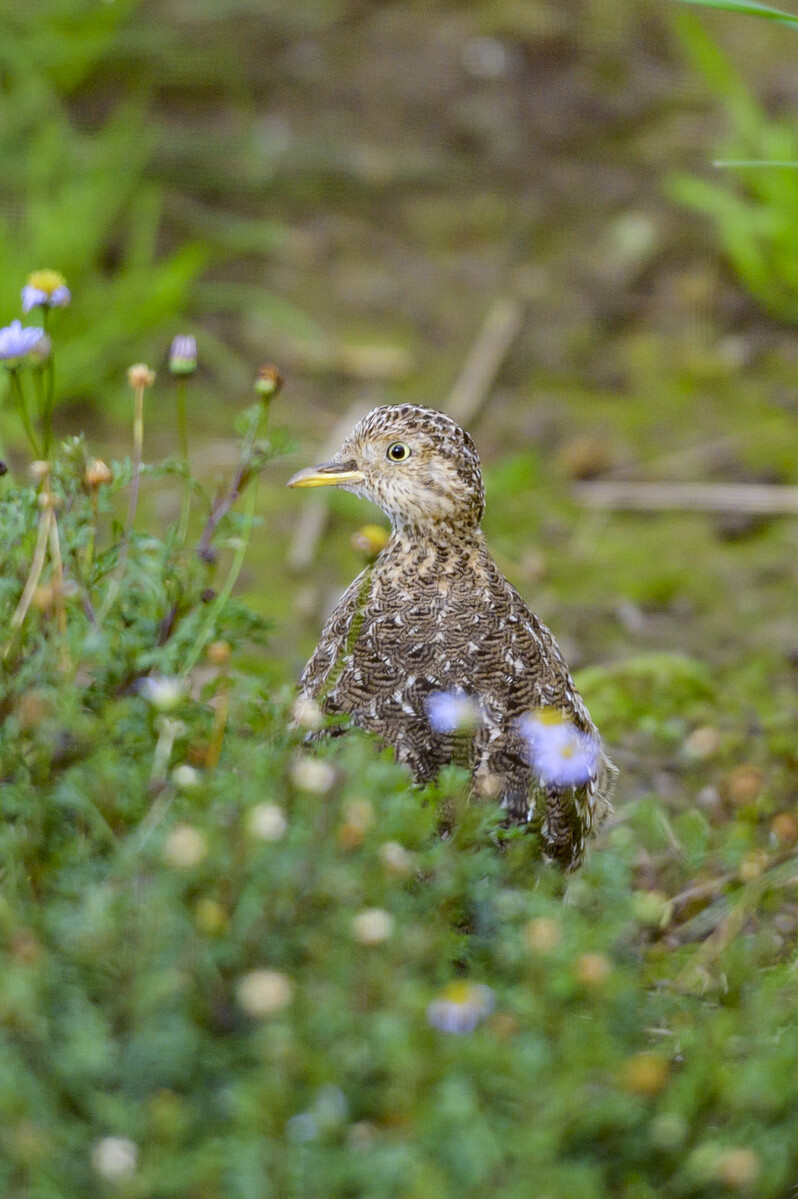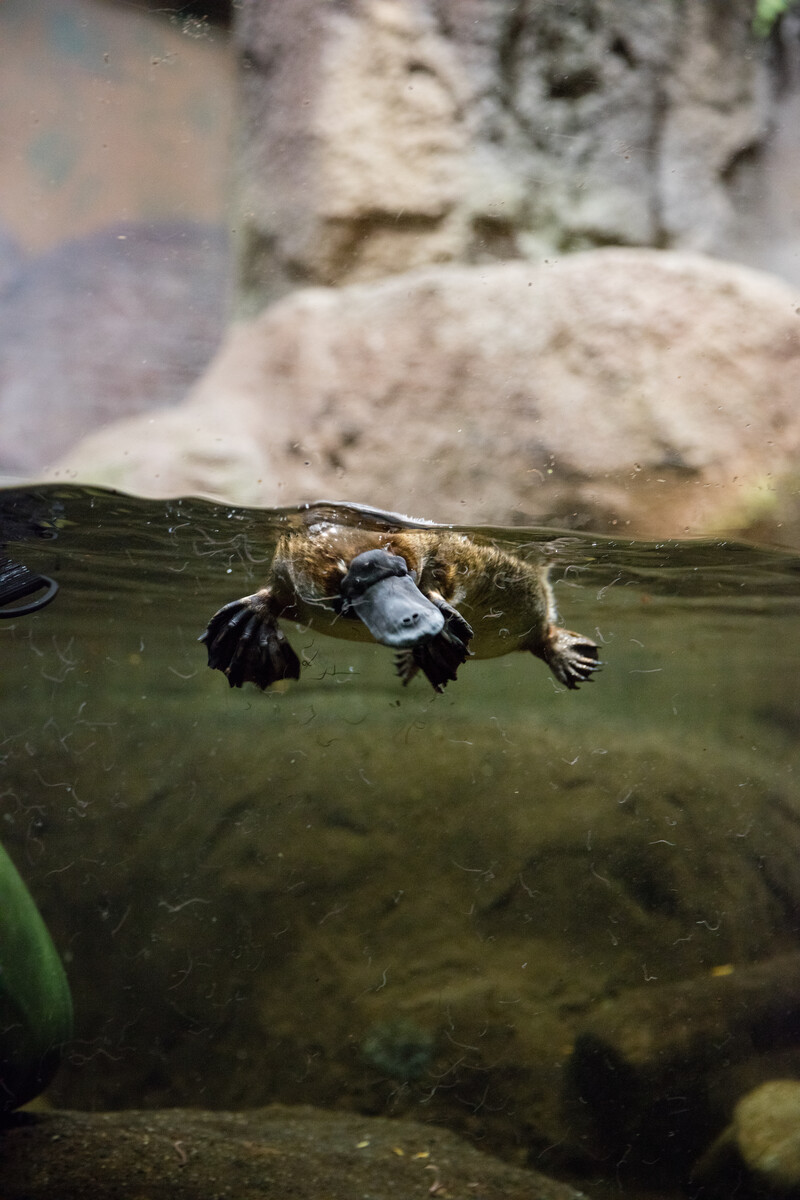Meet Eddy –Australia’s latest young eco-warrior

A six-month-old Hungarian wirehaired vizsla, Eddy, is the first puppy to join Zoos Victoria’s Wildlife Detection Dog Squad, a crack canine unit based at Healesville Sanctuary, about 50km north-east of Melbourne’s CBD.
He’s also the first of his breed join the team, which includes a kelpie-cross called Kip, lagotto romagnolo Daisy, border collie Finn, and labrador Moss.
The unit’s role is specifically to monitor some of Zoos Victoria’s 27 local priority threatened species, including the baw-baw frog and plains-wanderer bird. (for a full list see zoo.org.au/fighting-extinction)
Those who know Eddy best say he still lacks a little mental and emotional development before he’ll be ready to step up and perform as part of the elite Zoos Victoria’s Wildlife Detection Dog Squad.
“He’ll still be maturing probably for another 12 months or so before we would have any expectations of him,” acknowledges Chris Hartnett, Threatened Species Program coordinator, Zoos Victoria.
But once he’s grown up and undergone his full training, he’s expected to play a huge role in species conservation in Victoria.

Plains wanderer 
Baw-baw frog 
Platypus
Personality matters
The Wildlife Detection Dog Squad was first trialled in 2017 and is now an important part of monitoring rare wild populations of threatened native fauna.
The way these dogs work is they’re given the scent of a species, often from the scat or nesting material of animals in conservation programs, and then sent into an environment with their handler searching out that species.
“What we are looking for is variety in our dogs that are on the team because we work in varied environments,” Chris explains.
Eddy comes from a breed with a genetic background that would make him particularly good at working in grassland environments.
“But he’s going to have long legs and big ears and all sorts of traits that are going to help him do work in different environments.

“We’re capitalising on some of the innate traits in the dogs, but the intensive training means we are getting the best out of them for our application, which is threatened species conservation.”
Personality is ultimately what’s most important for these dogs and, so far, Eddy had shown he certainly has what it takes.
“It’s about work ethic, the desire of the dog to work, his energy and overall fitness and that personality type where he is interested but not too interested so he won’t go chasing everything that moves,” Chris says.
She adds that an aptitude to develop a relationship with a handler is important, and Eddy’s breed is known to have that.
Eddy’s not likely to be ready for field work for another year or so.
But he’s already being eased into it at the Coranderrk bushland that adjoins to Healesville Sanctuary, which is on Wurundjeri land.







